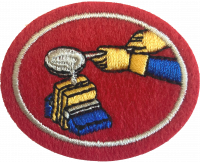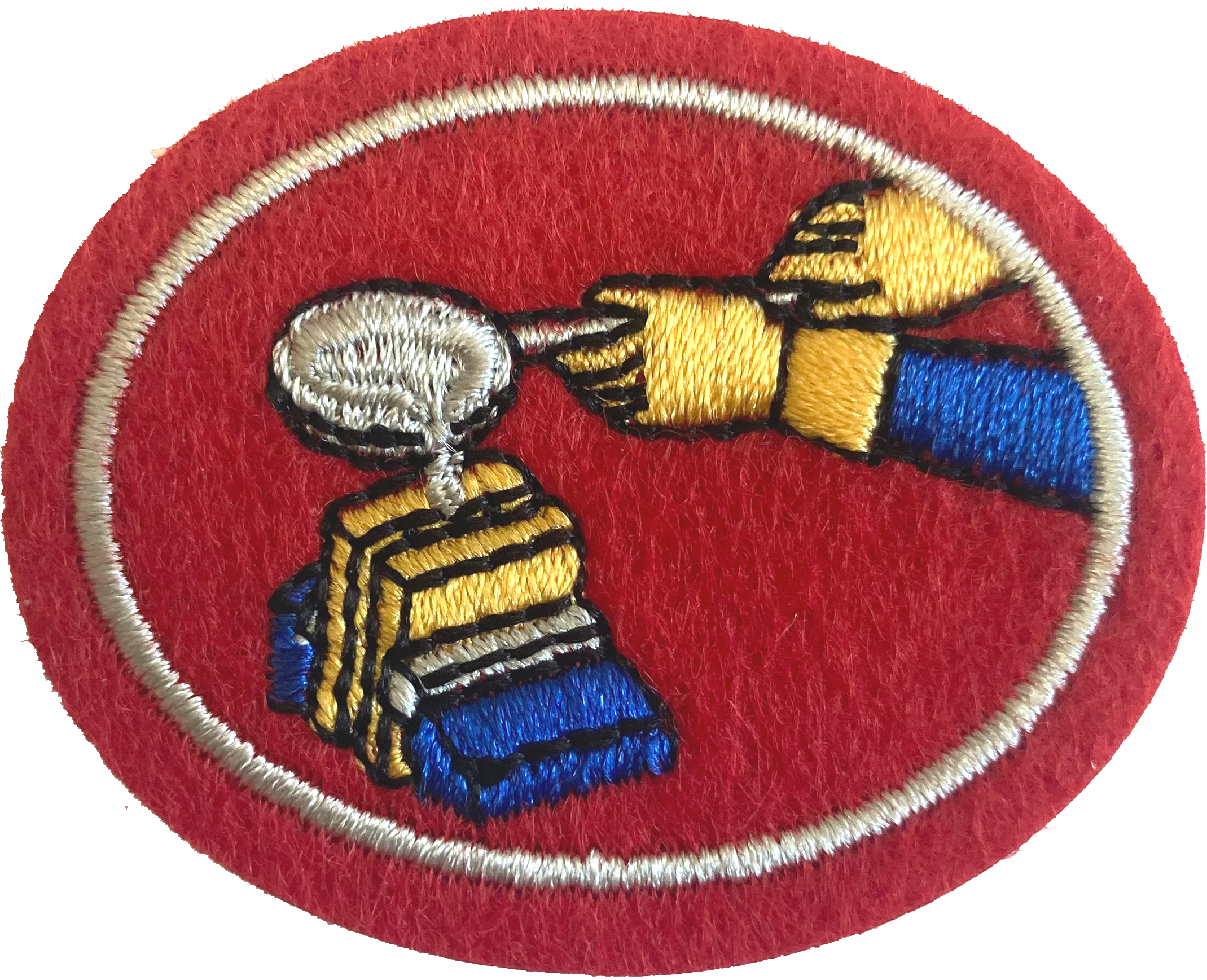AY Honor Pewter Casting Answer Key
Please check with your local conference to see whether additional insurance is required before completing this honor.
1
1a
2"But who can endure the day of His coming?
And who can stand when He appears?
An offering in righteousness.
For He is like a refiner’s fire
And like launderers’ soap.
3 He will sit as a refiner and a purifier of silver;
He will purify the sons of Levi,
And purge them as gold and silver,
That they may offer to the Lord
1b
18 and refined gold by weight for the altar of incense, and for the construction of the chariot, that is, the gold cherubim that spread their wings and overshadowed the ark of the covenant of the Lord.
2
The websites of Fellowship Foundry Pewtersmiths and Cosi Tabellini are some good websites to read about the history of pewter.
3
3a
3b
A mold must be made before melting the pewter. Molds can be made from various materials including steel, MDF, silica sand or oil-based casting sands also called Delft Clay, according to Technology Student.
3c
To melt pewter, one method is to set a casting (metal) ladle with pieces of pewter in it on a nonflammable surface with fire brick on either side in an "L" shape. When the flame of a torch is reflected off of the bricks, the pewter will melt to form a molten liquid. The caster can use other methods to accomplish this.
3d
Once melted, the molten pewter can be poured into the mold. To avoid injury, the mold should have been set in sand or on another type of non-flammable surface, to catch any spills. Safety gear should be worn. The mold should not be set on anything cold because spilled molten pewter splatters.
3e
Once the pewter has cooled, the mold can be taken apart and the casting removed. The casting can then be worked with hand tools to remove the waste material.
4
The following are a few safety tips that one should know when dealing with casting pewter:
- Wear eye protection, gloves, spats (covering the top of feet) or closed-toe shoes, and thick clothing protecting all exposed skin on arms and legs. NO polyester or synthetic clothing.
- The pouring area shall be clear of all objects not involved in pouring.
- Clamp or weight up molds that require it.
- Metal added to heat must be free of moisture and impurities.
- Metal added to heat during melt must be preheated.
- Skimmers and other melting tools must be preheated before use.
- Move Slowly while removing crucible (ladle) from the furnace and moving to mold.
- Do not look into exhaust during operation.
- Inspect crucibles before use.
- Inspect propane lines (if using a propane furnace).
- Use outdoors only.
5
- Britannia pewter: Typically about 92% tin, 6% antimony and 2% copper.
- Pewter with bismuth: Typically about 97-99% tin, 3-1% bismuth and silver.
6
- 3D-print a die
- Carve one out of wood or cuttlefish bone. Cuttlefish bone can be purchased in the pet supply section of most stores.
Dies can also be purchased.
7
- Cuttlefish bone
- Wood
- Silicone
- Delft clay
Toothbrush or soft brush to clean die.
8
8a
- Heat to 550-650 (or until completely liquid)
- List the 5 steps to casting the metal into a mold
- Make sure mold is free of debris
- Heat pewter till it is a liquid
- Skim any debris from the surface of the pewter
- Carefully pour the pewter into the mold
- Let pewter cool in the mold
Basic supply list and suggested suppliers:
| Item | Supplier |
|---|---|
| Charcoal chimney | Lowes, Home Depot, etc. |
| Charcoal | Lowes, Walmart (or anywhere you can get it cheap) |
| Items to start the charcoal (lighters, lighter fluid, etc.) | Lowes, Walmart, Home Depot, etc. |
| Delft clay | Amazon, Etsy |
| Pewter (Britannia) This is the lead-free/food grade type | Amazon, Rotometal, Hallmark Metals |
| Charcoal chimney | Lowes, Home Depot, etc. |
8b


